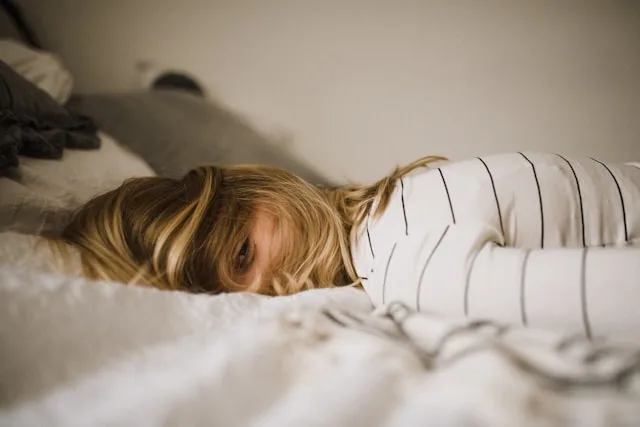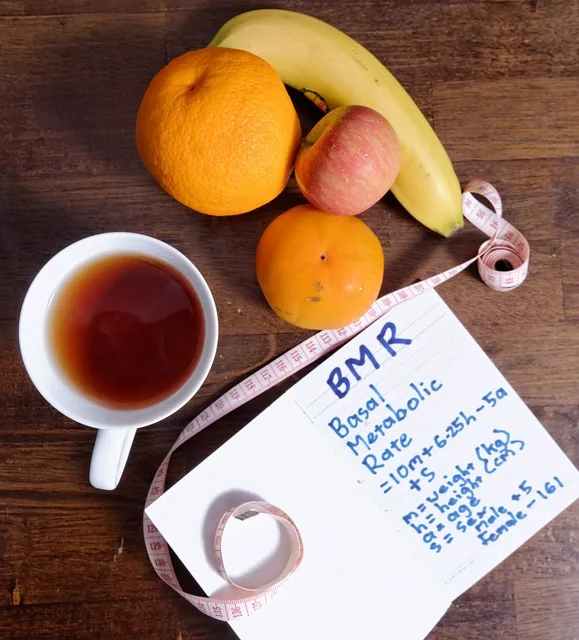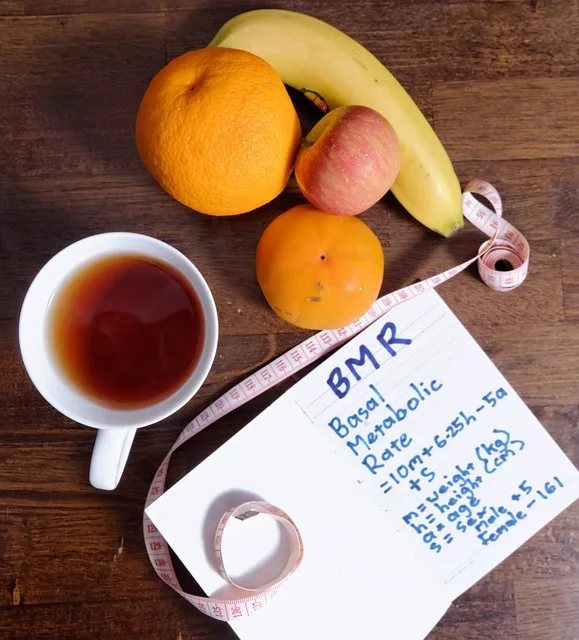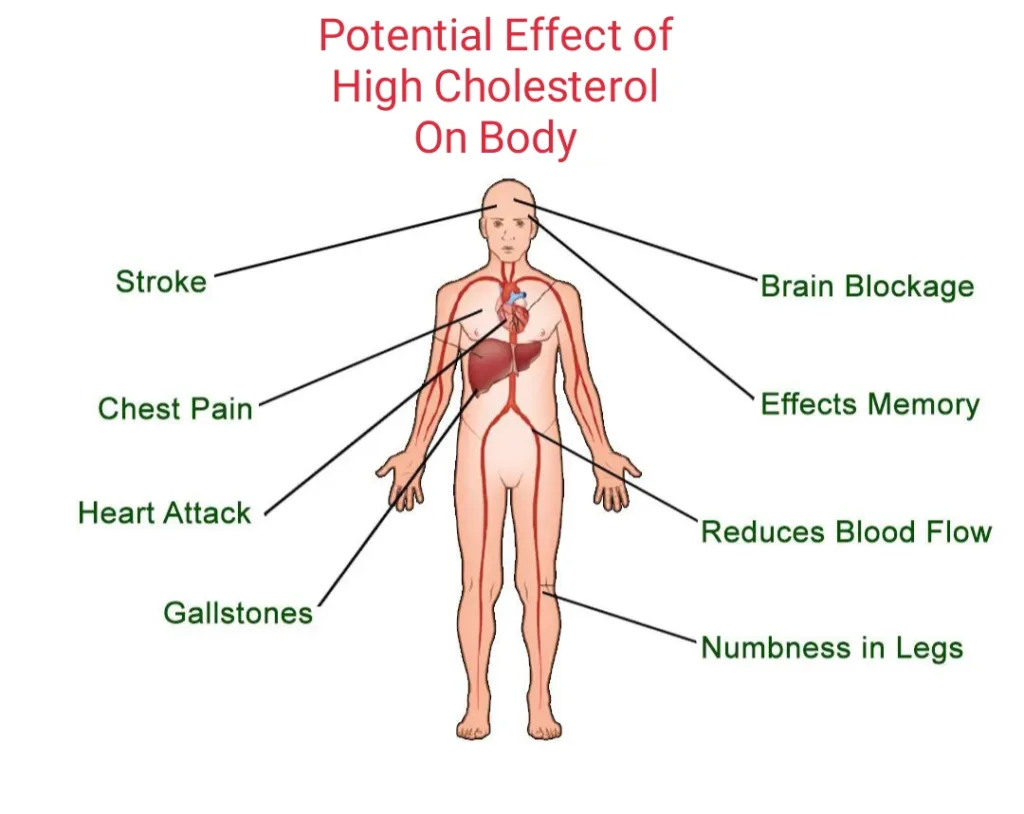Are you having trouble falling asleep or staying asleep at night? If so, you may be suffering from insomnia, a common sleep disorder that affects millions of people worldwide. Insomnia can have a significant impact on your quality of life, leading to daytime fatigue, irritability, and difficulty concentrating.
In this article, we will explore the world of insomnia, from its definition and causes to its symptoms and treatment options. We will delve into the different types of insomnia and discuss how they can affect your sleep patterns. We will also look at various strategies to help you overcome insomnia, from lifestyle changes and relaxation techniques to medication and therapy.
Sleep is an essential part of our daily routine, and a good night’s sleep is vital for our physical and mental well-being. Unfortunately, many people experience sleep problems, with insomnia being one of the most common sleep disorders. Insomnia can have a significant impact on our lives, affecting our mood, energy levels, and overall health.
If you’re struggling with insomnia and looking for ways to improve your sleep, this article is for you. By the end of it, you’ll have a better understanding of insomnia and how to manage it, so you can get the restful sleep you need to feel your best. So, let’s dive in and learn more about insomnia.
What is Insomnia?
Insomnia, also known as sleeplessness, is a sleep disorder characterized by difficulty falling asleep, staying asleep, or both. It can be acute or chronic and can be caused by a variety of factors, including medical conditions, medications, substance abuse, or psychological factors such as anxiety or depression. People with insomnia often feel tired, irritable, and have difficulty concentrating during the day.
Types
There are two main types of insomnia: acute and chronic.
Acute insomnia is a brief sleep disturbance that typically lasts for a few nights up to a few weeks. It’s usually caused by a stressful event or change in routine, such as an upcoming exam, a job loss, or travel across time zones. Once the stressor is resolved, acute insomnia usually goes away on its own, and normal sleep patterns return.
Chronic insomnia, on the other hand, is a long-term sleep disorder that lasts for at least three nights a week for a month or longer. It’s often associated with an underlying medical condition, such as chronic pain, depression, or anxiety.
Chronic insomnia can also be caused by lifestyle factors, such as caffeine and alcohol consumption, or by medications that interfere with sleep. If left untreated, chronic insomnia can have a significant impact on a person’s physical and mental health, affecting their quality of life and increasing their risk for other health problems.
In addition to these two types, insomnia can also be classified based on the specific sleep disruption a person experiences. For example, some people have difficulty falling asleep, while others have trouble staying asleep or waking up too early.
These conditions are more technically described as:
- SOI (Sleep Onset Insomnia)
- SMI (Sleep Maintenance Insomnia)
- Early Morning Awakening
Understanding the specific type of insomnia a person has is important for determining the appropriate treatment plan.
- SOI describes difficulty sleeping. Trouble sleeping can result from caffeine consumption, mental health symptoms, or other common insomnia triggers, but it can also develop with other sleep disorders.
- SMI means having trouble falling asleep once you’ve fallen asleep, or waking up too early consistently. This type of insomnia can be related to underlying health and mental health symptoms – but staying awake and worrying that you won’t get enough sleep can make it worse.
- Early morning awakening is a type in which a person wakes up too early in the morning and is unable to fall back asleep. This can be caused by a variety of factors, including depression, anxiety, or a disrupted sleep schedule. People with early morning awakening may feel tired and irritable during the day and have difficulty concentrating.
In addition to these types of insomnia, the DSM-V associates disturbances in normal daily activities as well as early morning awakenings with an inability to sleep and difficulty sleeping at least 3 nights per week for a period of 3 or more months to the comprehensive definition.
Short of the DSM-V criteria, we find many people with transient insomnia, as opposed to acute and chronic conditions that cause severe sleep deprivation and many problems with daily functioning but are still disturbing.
Also find misconceptions about sleep patterns in which one thinks they have insomnia despite having a low sleep onset insomnia (SOI) or sleep maintenance insomnia (SMI).
Symptoms of Insomnia (sleeplessness)
It can usually recognize by the following symptoms:
- Waking up too early and finding unable to go back to sleep
- Spending a lot of nights awake worrying that won’t sleep
- A consistent pattern of disrupted or broken sleep that doesn’t refresh
- Trouble sleeping after get on bed
Insomnia causes stress both in the effort to fall asleep and from lack of sleep, leading to:
- Daytime fatigue
- Clumsiness
- Irritability
- Weakened cognitive function
It also exacerbates various concomitant conditions, especially depression and anxiety, and can lead to a number of other health problems, including:
- Heightened stress hormone levels
- Diabetes
- Muscle ache
- Headache
- Tremors
- Memory lapses
Causes
As with many health conditions, insomnia can be both a cause and effect of other conditions.
There is strong evidence for the comorbidity of insomnia and other health conditions and behaviors, from depression to diabetes to wound healing.123
Drug abuse (including alcohol and caffeine), hormonal changes, pain, heart disease, arthritis, an unbalanced exercise regimen, and a variety of mental health disorders, including PTSD, ADHD, bipolar disorder, and depression and generalized anxiety disorder, are all are associated with insomnia.
There are two main opposing theories of insomnia:
- Cognitive: in which rumination and hyperarousal are at play
- Physiological: in which urinary cortisol level, glucose utilization, and/or metabolic factor are at play
Hormonal factors also appear to be important, with postmenopausal women experiencing significantly more insomnia than men.
Healing or Treatment
Treatment for insomnia typically involves a combination of lifestyle changes, behavioral therapy, and medication. The specific treatment plan may vary depending on the type and severity of the insomnia, as well as any underlying medical conditions.
Sedatives are usually prescribed in most cases of clinical insomnia, despite drugs being a secondary treatment.
The antidepressants, antipsychotics, melatonin, and antihistamines are commonly prescribed, as are herbs such as valerian root, cannabis and passion flower.
Lifestyle changes
Lifestyle changes can be an effective way to manage insomnia and improve sleep quality. Here are some examples of lifestyle changes that may help:
- Establish a regular sleep schedule: Go to bed and wake up at the same time every day, even on weekends. This can help regulate your body’s internal clock and improve sleep quality.
- Create a relaxing bedtime routine: Develop a calming bedtime routine to signal to your body that it’s time to sleep. This might include taking a warm bath, reading a book, or practicing relaxation techniques, such as deep breathing or progressive muscle relaxation.
- Limit caffeine and alcohol: Avoid consuming caffeine and alcohol in the hours leading up to bedtime, as they can interfere with sleep quality.
- Get regular exercise: Engage in regular physical activity during the day to promote better sleep at night. Exercise can help reduce stress and anxiety, which can contribute to insomnia.
- Make your bedroom conducive to sleep: Create a sleep-friendly environment by keeping your bedroom cool, dark, and quiet. Remove distractions, such as electronics or work-related materials, and invest in comfortable bedding and a supportive mattress.
- Manage stress and anxiety: Practice stress-reducing techniques, such as meditation or yoga, to reduce anxiety and promote relaxation.
Behavioral therapy
Behavioral therapy for insomnia is a type of treatment that focuses on improving sleep habits and promoting relaxation.
Here are some examples of behavioral therapies that may be used to treat insomnia:
- Sleep hygiene education: This involves learning about healthy sleep habits and making changes to improve sleep quality. Examples may include establishing a regular sleep schedule, creating a relaxing bedtime routine, and avoiding stimulants, such as caffeine and alcohol.
- Stimulus control therapy: This involves changing the association between the bed and wakefulness. The goal is to strengthen the association between the bed and sleep by only going to bed when feeling sleepy, and getting out of bed when unable to sleep after 20 minutes.
- Relaxation techniques: This involves learning techniques to promote relaxation, such as deep breathing, meditation, or progressive muscle relaxation. These techniques can help reduce stress and anxiety, which can contribute to insomnia.
- Cognitive-behavioral therapy (CBT): This type of therapy involves identifying and challenging negative thoughts and beliefs about sleep. CBT can help individuals develop coping strategies to deal with stress and anxiety that may contribute to insomnia. Research shows that cognitive behavioral therapy is just as effective as medications in short-term treatment, even though they are often given in combination.4 5
- Sleep restriction therapy: This involves limiting the amount of time spent in bed to increase sleep efficiency. This technique is based on the principle that spending more time in bed doesn’t necessarily improve sleep quality.
Medications
Medications are commonly used to treat insomnia, especially when lifestyle changes and behavioral therapy are not enough to improve sleep quality.
Here are some examples of medications that may be used to treat insomnia:
- Sleep aids: These medications, such as benzodiazepines and non-benzodiazepine hypnotics, are designed to help people fall asleep more quickly and stay asleep longer. These medications can be habit-forming, and therefore should only be used under the guidance of a healthcare professional.
- Antidepressants: Some types of antidepressants, such as trazodone, may be prescribed to treat insomnia. These medications can help improve sleep quality by reducing anxiety and promoting relaxation.
Be aware of the potential risks and side effects associated with medication use, for example, sleep aids can cause drowsiness, impaired coordination, and cognitive dysfunction, especially in older adults. Antidepressants can also have side effects, such as dry mouth, dizziness, and weight gain.
Insomnia Healing with Yoga
Yoga is a gentle and restorative way to calm down your day.
There is ample evidence that yoga helps with sleep, including in people with other serious health conditions.
A national survey found that over 55% of people who practiced yoga found it helped them sleep better. More than 85% said that yoga helped reduce stress.6 7
As with many other health conditions, the benefits of yoga stem from a well-rounded and consistent practice.
Asana exercises that are highly stimulating – flow styles, several interconnected standing postures, backbends, intense abdominal core movement and arm balance – are ideally done in the early part of the day.
Sitting and supine forward bends and hip openers are cool, especially when held for at least several minutes with little or no effort.
Yoga poses
Practice all these 10 calming yoga asanas listed below:
- Paschimottanasana (Seated Forward Bend Pose): This pose can help calm the mind and relieve tension in the body. Sit with legs straight in front, bend forward from the hips, and try to reach the toes.
- Balasana (Child’s Pose): This is a restful pose that can help reduce stress and anxiety. Kneel on the floor with the big toes touching and sit back on your heels. Reach your arms forward and rest your forehead on the mat.
- Standing Half Forward Bend (Ardha Uttanasana): This pose helps to lengthen the spine and stretch the hamstrings, reducing tension in the body. Stand with feet hip-width apart, fold forward from the hips and try to bring your hands to the floor.
- Standing Forward Bend Pose (Uttanasana): This pose helps to release tension in the back and neck, while also calming the mind. Stand with feet hip-width apart, fold forward from the hips, and try to bring your hands to the floor or hold onto the back of the legs.
- Malasana (Garland Pose): This pose can help release tension in the hips and lower back. Squat down with feet hip-width apart, with the toes turned slightly outward, and rest your elbows on your inner thighs.
- Viparita Karani (Legs-Up-the-Wall Pose, or Active Reversal Pose): This pose can help reduce anxiety and promote relaxation. Lie on your back with your hips close to a wall, extend your legs up the wall and relax your arms by your sides.
- Supta Baddha Konasana (Reclined Bound Angle Pose): This pose can help reduce stress and promote relaxation. Lie on your back, bring the soles of your feet together, and let your knees fall open to the sides.
- Sukhasana (Easy Pose): This pose can help promote relaxation and focus the mind. Sit cross-legged, with your hands resting on your knees, and take slow, deep breaths.
- Matsyasana (Fish Pose): This pose can help open up the chest and promote relaxation. Lie on your back, place your hands under your hips, and lift your chest up off the floor.
- Savasana (Corpse Pose): This pose is a relaxation pose that can help reduce stress and promote sleep. Lie on your back, with your arms by your sides and palms facing up, and let your body completely relax.
You can use supportive props like bolsters, blankets, and blocks to make the pose comfortable so you can stay in the pose longer and continue to breathe.
Breathing is important to relax in these poses. Breathing in yoga is just as important – if not more important – as physical posture.
Breathing techniques
In addition to yoga poses, specific breathing techniques or pranayama can also help calm the mind and promote relaxation, which can be particularly helpful for those experiencing insomnia.
Here are the yoga breathing techniques that can be beneficial for promoting relaxation and better sleep:
- Nadi Shodhana (Alternate Nostril Breathing): This breathing technique involves inhaling through one nostril, holding the breath, and exhaling through the other nostril. It can help balance the energy in the body and promote relaxation.
- Ujjayi Breathing (Victorious Breath): Ujjayi Pranayama, also known as Ujjayi Breath, or Ocean Breath, or Victorious Breath. This is a deep breathing technique that involves inhaling deeply through the nose, and exhaling slowly through the mouth with a soft “hissing” sound. This technique can help promote relaxation and reduce stress.
- Bhramari Pranayama (Bee Breath): This technique involves inhaling deeply through the nose and exhaling while making a humming or buzzing sound. It can help reduce anxiety and promote relaxation.
- Sheetali Pranayama (Cooling Breath): This technique involves inhaling through the mouth and exhaling through the nose while making a “hissing” sound. It can help reduce stress and cool the body.
- Kapalabhati Pranayama (Skull Shining Breath): This is a rapid breathing technique that involves quick, forceful exhalations through the nose. It can help increase circulation and promote relaxation.
These techniques should be practiced in a comfortable and safe way, and to listen to your body. Practicing these breathing techniques can be a useful addition to your yoga practice to help promote relaxation and better sleep. As with any new exercise program, it’s always a good idea to consult with a healthcare professional before starting.
- Depression Co Morbidities. Available here: https://www.sciencedirect.com/topics/medicine-and-dentistry/depression-co-morbidities[↩]
- Insomnia and the risk of depression: a meta analysis of prospective cohort studies. Liqing Li, Chunmei Wu, Yong Gan, Xianguo Qu & Zuxun Lu. Available here: https://bmcpsychiatry.biomedcentral.com/articles/10.1186/s12888-016-1075-3[↩]
- February 13, 2018https://doi.org/10.1371/journal.pone.0192088. Nocturnal insomnia symptoms and stress-induced cognitive intrusions in risk for depression: A 2-year prospective study. David A. Kalmbach,Vivek Pillai,Christopher L. Drake. Available here: https://journals.plos.org/plosone/article?id=10.1371/journal.pone.0192088[↩]
- Cognit Ther Res. 2012 Oct 1; 36(5): 427–440. doi: 10.1007/s10608-012-9476-1. PMCID: PMC3584580. NIHMSID: NIHMS394950. PMID: 23459093. The Efficacy of Cognitive Behavioral Therapy: A Review of Meta-analyses. Stefan G. Hofmann, Ph.D., Anu Asnaani, M.A., Imke J.J. Vonk, M.A., Alice T. Sawyer, M.A., and Angela Fang, M.A.[↩]
- Why Cognitive Behavioral Therapy Is the Current Gold Standard of Psychotherapy. Daniel David, Ioana Cristea, and Stefan G. Hofmann. Available here: https://www.ncbi.nlm.nih.gov/pmc/articles/PMC5797481[↩]
- Wellness-Related Use of Common Complementary Health Approaches Among Adults: United States, 2012. Available here: https://www.nccih.nih.gov/research/wellness-related-use-of-common-complementary-health-approaches-among-adults-united-states-2012[↩]
- National Survey Finds People Use Dietary Supplements and Yoga for Wellness Reasons, Chiropractic for Treating a Condition. Available here: https://www.nccih.nih.gov/research/research-results/national-survey-finds-people-use-dietary-supplements-and-yoga-for-wellness-reasons-chiropractic-for-treating-a-condition[↩]















